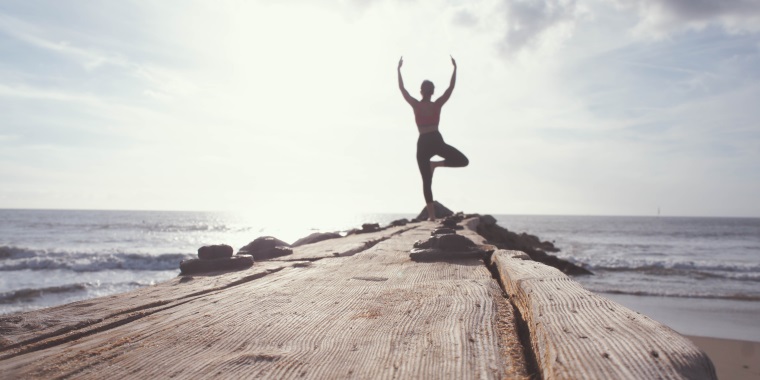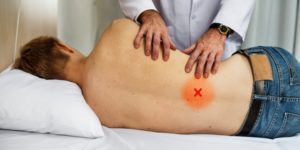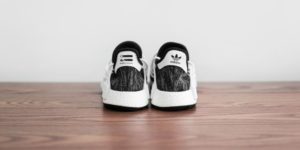One of the main health concerns with aging is falling, which is often related to poor balance. In fact, many studies show that people begin to have balance problems starting at just 40 years of age!
Balance Exercise for Beginners – 30 Ways to improve your balance in 30 days
The older we get, the weaker our physical body and sensory abilities will be, which is why we need to consider our balance right now! In Japan, more than 7,000 people a year die from falling accidents, which already exceeds the number of traffic accidents.
Test your balance
You can determine how good your balance is by measuring the length of time that you can stand on one leg. The following table shows the average balance time by age group in a study conducted at a Japanese health institute.
Average time with eyes open
20-39 years old: 110 seconds
40-49: 64 seconds
50-59: 36 seconds
60-69: 25 seconds
Average time with eyes closed
20-39 years old: 12 seconds
40-49: 7 seconds
50-59: 5 seconds
60-69: less than 3 seconds
If your balance time is below average, then you’ll have higher risk of falls, or slipping and tripping accidents. In the above study, women tend to lose their balance more than men but only by a small margin (1-2%). From this study, it is also evident that there’s a sudden significant decrease in the ability to maintain balance among middle-aged people (40 years and above – arg, that’s me!).
The soles of our feet have sensors
The skin throughout our body has a significant amount of tiny pressure sensors or mechanoreceptors. Some areas have few pressure sensors, while other areas have thousands, like on the soles of your feet.
The pressure sensors on the foot soles provide information to the brain to help balance our body. As we get older, the sensors get weaker and the soles of the feet lose sensitivity.
Poor Blood Circulation Can Disrupt the Pressure Sensors
People with poor blood circulation are twice as likely to be in a falling accident. Poor circulation leads to colder body temperatures, causing the pressure sensors on the soles of the feet, to lose sensitivity. The lost sensitivity is a little bit like soaking our feet in ice cold water for about 3 minutes and then trying to walk – can’t feel much!
Pay attention to your forward-moving foot
If our forward-moving foot hits something, our body will be off-balance and this can cause a stumble or fall. It is common sense to always have our eyes on path and watch where we are going but often we are miles away and lose track of the present moment. Walking is a great opportunity for being mindful – hence why many Buddhists practice walking meditation. Our lack of mindfulness is not the only problem. Here are the other two major reasons why we stumble while walking:
1. Our forward-moving foot is pointed down
If our foot is pointed down while making a step, then we are more prone to falling. To avoid this, our forefoot or toes should be flexed upwards as shown in this image. This can be problematic, if like my mother, you have a foot drop. A foot drop is often the result of nerve impingement from a worn spinal disc (L5 to be exact). There are now simple devices that can be worn inside a sock, to help lift a foot drop during gait.
2. You walk like a pendulum.
The height of your step can greatly increase your risk of falling. To prevent this, your forward-moving foot must be higher off the ground (at least 5 cm) while the knee is raised; as shown on the image below. When we get older, the balance information transmitted to our brain – from specialized nerve endings – communicates rather poorly, compared to when we were young. This leads to ineffective movements, and makes it hard to maintain the foot higher off the ground.
How to Prevent Falls, Trips and Slips
1. Keep Your House Uncluttered
There are a lot of things in our house that can contribute to clutter, and clutter can cause trips and falls. Always make sure to put away or store personal belongings and check for upturned carpet edges, children’s toys or dogs, in my case!
2. Stretch Your Feet and Ankles
You might think that your feet do not need exercise or stretching compared to other parts of your body, but in reality, feet stretching exercise can really help your feet maintain balance.
3. Keep Your House Warm and Ensure Adequate Lighting
Cold muscles and pressure sensors work less well and are less responsive to signals. Decreased temperature will also cause our muscles to have less strength and less flexibility, which can lead to accidents. Always try to keep your house warm or wear proper clothes and footwear, especially during winter. Since most falls occur indoors, make sure your house has adequate lighting.
4. Wear compression socks
Imagine being able to improve our balance by +30% almost instantaneously! Proprio6 have actually designed – and have a patent pending – a sock that will do all the above and a bit more. My lovely friend Patrick has been working away at this for a couple years and I’ve been wearing his socks and love them!
How do compression socks work?
Compression socks stimulate proprioception. Proprioception is the sense of one’s own body parts during movement. Without proprioception, you couldn’t touch your nose with your eyes closed. Proprioception is why, when you go to pick up your mug of coffee, you don’t overshoot the mug. You are able to put your hand directly onto the handle, because your nerve receptors tell you where your hand and arm are, relative to the mug. That is proprioception.
We use proprioception every second of every day, but we don’t yet use ALL of our proprioception to the maximum.
This is where Proprio6 socks and sleeves come in. They tap into the reserve of unused proprioception that we all have inside of us.
In the case of Proprio6 socks and sleeves we stimulate the mechanoreceptors (our pressure sensors) around the arch of the foot and the ankle and this sends a message back to the brain – in particular the part of the brain called the Cerebellum – to SWITCH ON proprioception. The result is IMPROVED BALANCE.
Everyday Benefits
One of the biggest problems today is tired, achy, swollen, heavy feeling legs. Proriosox will improve your balance, circulation and posture!
Medical Benefits
As diabetes rates climb each year, Propriosox brings a unique advantage over traditional compression hosiery. Proprioxox improve gait, posture and blood circulation, while helping to prevent venous pooling (varicose veins) and improve balance in diabetics.
Athletic Benefits
Propriosox help improve the athletes balance, strength, form, agility and speed virtually immediately. Use Propriosox while training and playing, for maximum results.
Further Resources > Travel Exercise – Best workouts for car or plane




